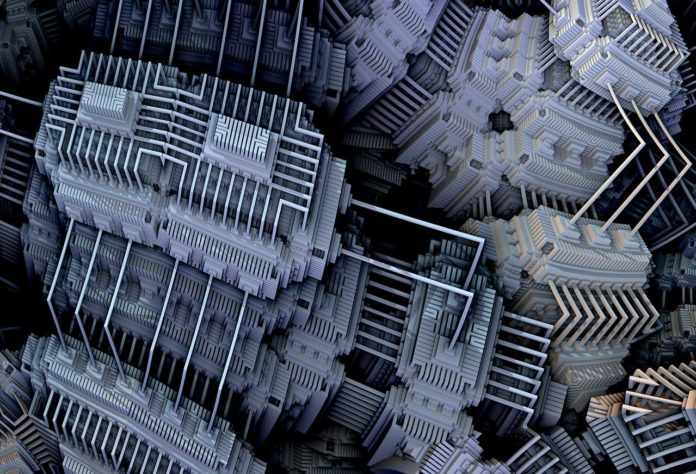Now, scientists can easily simulate complex quantum systems without using enormous computing power, thanks to a new study by Loughborough and Nottingham and Innopolis universities. Scientists have discovered a potentially game-changing feature of quantum bit behavior that bypasses the need for such massive amounts of power by harnessing qubits’ chaotic behavior.
While modeling the qubits’ behavior, scientists discovered that applying external sources such as a laser or microwave signal makes the system more chaotic. Scientists dubbed this phenomenon is dubbed as hyperchaos.
When the qubits were excited by the power source, they switched states, but in an irregular and unpredictable way.
However, it should be noted that the degree of complexity (hyperchaos) did not increase exponentially with the growing size of the system. It remained proportional to the number of units.
In their study, scientists demonstrated this phenomenon’s potential for allowing scientists to simulate large quantum systems.
One of the corresponding authors, Dr. Alexandre Zagoskin, of Loughborough’s School of Science, said: “A good analogy is aircraft design.”
“To design an aircraft, it is necessary to solve certain equations of hydro(aero)dynamics, which are very hard to solve and only became possible way after WWII, when powerful computers appeared.”
“Nevertheless, people had been designing and flying aircraft long before that.”
“It was because the behavior of the airflow could be characterized by a limited number of parameters, such as the Reynolds number and the Mach number, which could be determined from small scale model experiments.”
“Without this, direct simulation of a quantum system in all detail, using a classical computer, becomes impossible once it contains more than a few thousand qubits.”
“Essentially, there is not enough matter in the Universe to build a classical computer capable of dealing with the problem.”
“If we can characterize different regimes of a 10,000-qubit quantum computer by just 10,000 such parameters instead of 2^(10000) – which is approximately two times a 1 with three thousand zeros – that would be a real breakthrough.”
During testing, the system shows qualitatively different patterns of general case behavior and a relatively small number of parameters governs the transitions between them. If this holds generally, scientists can determine these parameters’ critical values from, e.g., building and testing scale models by taking a few measurements of the existing system to tell whether our quantum processor’s parameters allow it to work properly or not.
Dr. Weibin Li, from the School of Physics and Astronomy, Nottingham University, said: “The results in this work are insightful for understanding complex quantum dynamics.”
“Future quantum computers consist of thousands of quantum bits (qubits), which will be orders of magnitude more powerful than the fastest classical computer on the market.”
“Here, full control and characterization of quantum computers is the key to performing correct and massive computing.”
“In the quantum realm, the number of degrees of freedom of a system grows exponentially with its size.”
“As full-scale quantum computing on a true quantum computer is not available yet, the bottleneck is that only small-scale quantum computers, up to dozens of qubits, can be simulated using classical supercomputers.”
Journal Reference:
- Andreev, A.V., Balanov, A.G., Fromhold, T.M. et al. Emergence and control of complex behaviors in driven systems of interacting qubits with dissipation. npj Quantum Inf 7, 1 (2021). DOI: 10.1038/s41534-020-00339-1
